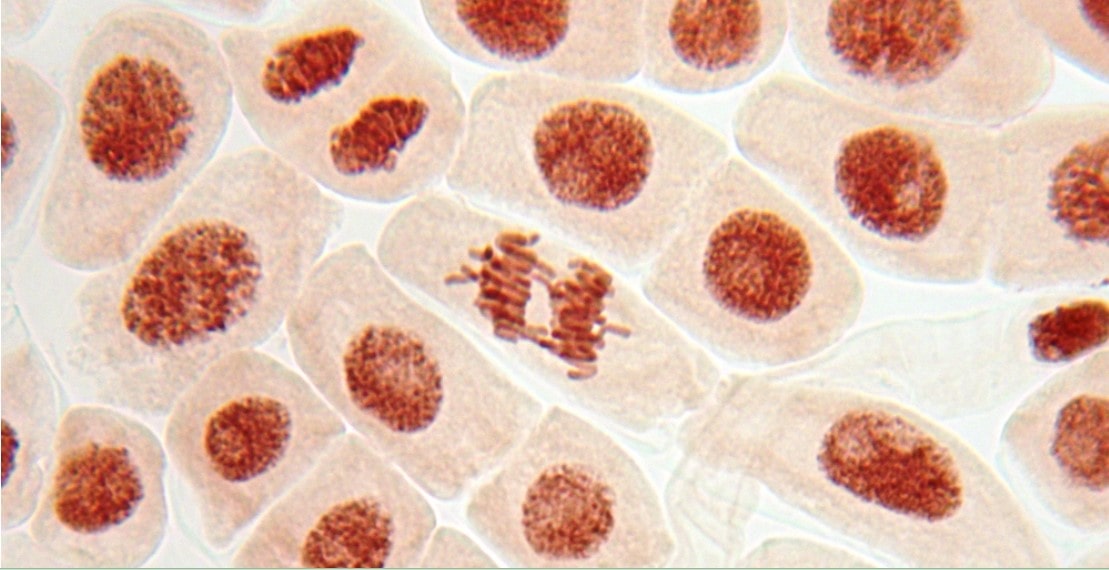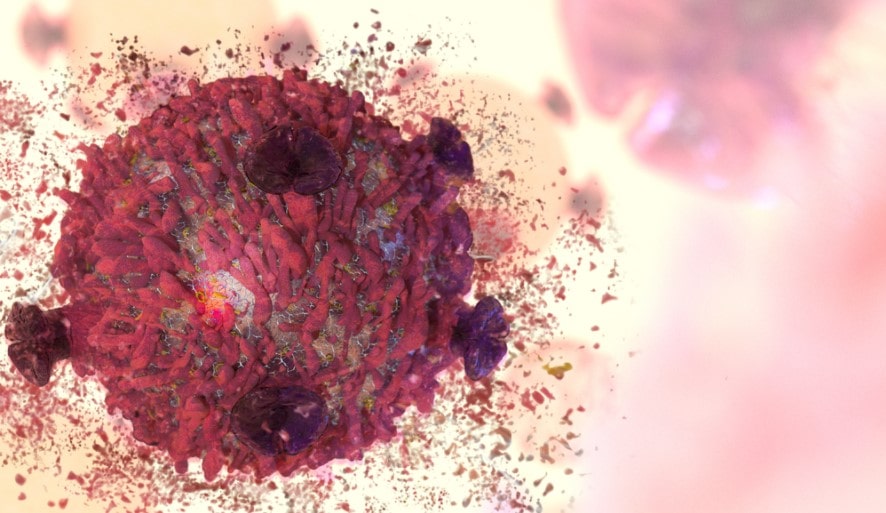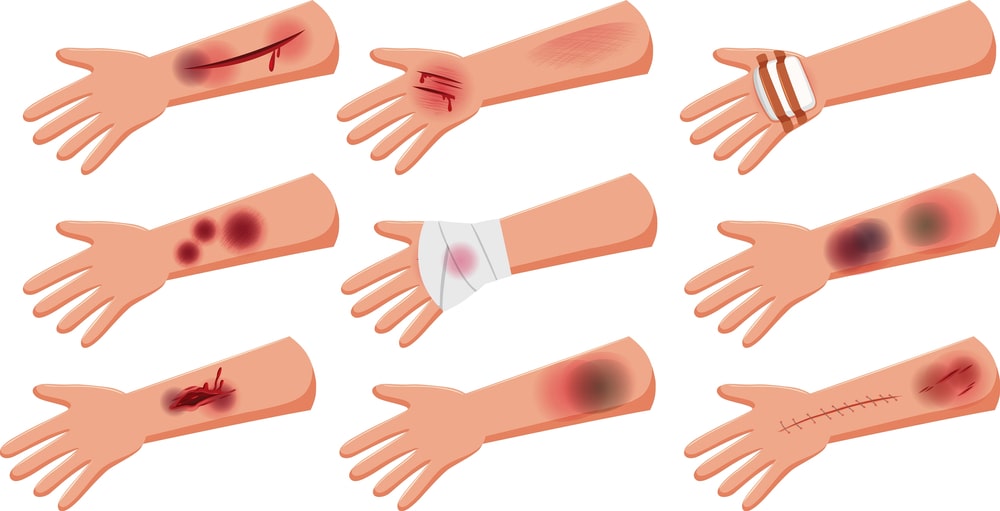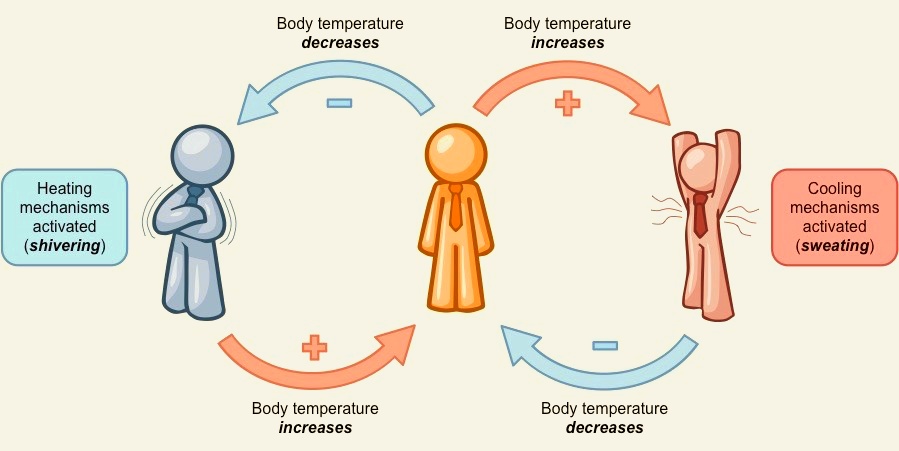Cellular swelling in cell injury
The plasma membrane forms a barrier against excessive amounts of Na+ within the extracellular fluid from entering the cell. However, the plasma membrane is slightly “leaky” to Na+, allowing minimal amounts of Na+ to gradually move into the cell. To compensate for this, there is a perpetually active Na+ /K+ ATPase pump, which moves Na+ … Read more




